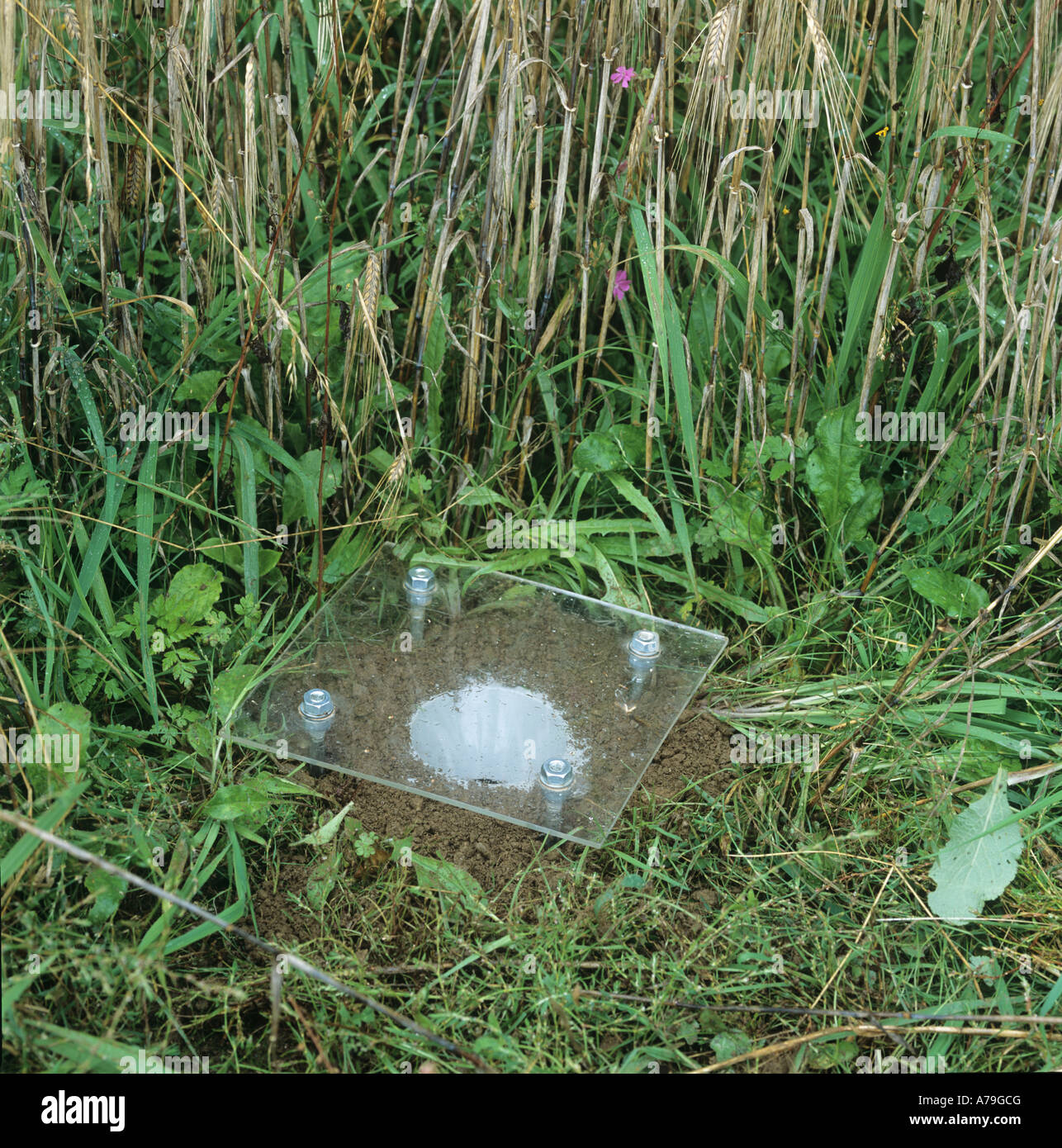

Some materials and procedures are common to both techniques. Develop Hypothesis/Procedures for Pitfall Traps I. Use of drift fences and traps to monitory amphibian activity at breeding ponds is discussed in the section "Drift Fences Encircling Breeding Sits", below (technique 9). In this section, I discuss the use of this technique to obtain data on amphibians away from breeding ponds. Drift fence arrays or pitfall grids can be left in place for long-term monitoring.

Population density can be estimated with this latter technique if used in conjunction with mark-recapture techniques (see Chapter 8). Pitfall traps arrayed in a grid without fences can also be used to study the population ecology and habitat use of selected species. They also can yield data on relative abundances and habitat use of selected species. Drift fences with pitfall traps can be used to determine species richness at a site and to detect the presence of rare species. 1988) used these techniques to sample amphibians. For example, 9 of 17 field studies reported for management of terrestrial vertebrates (Sarzo et al. 1.Pitfall traps lure insects and other small creatures by using smelly meatswho catch a whiff of the food you leave in the trap. Among numerous sampling mechanisms for ants, the pitfall trap.

Traps (described below) can be pitfalls, funnel traps, or a combination of the two.ĭrift fences with pitfall or funnel traps and pitfall traps without fences are used commonly to inventory and monitor populations of amphibians and reptiles. Monitoring of ants in the context of local environmental dynamics is therefore very important. Straight-line drift fences typically are short barriers (5-15 m) that direct animals traveling on the substrate surface into traps places at the ends of or beside the barriers.


 0 kommentar(er)
0 kommentar(er)
